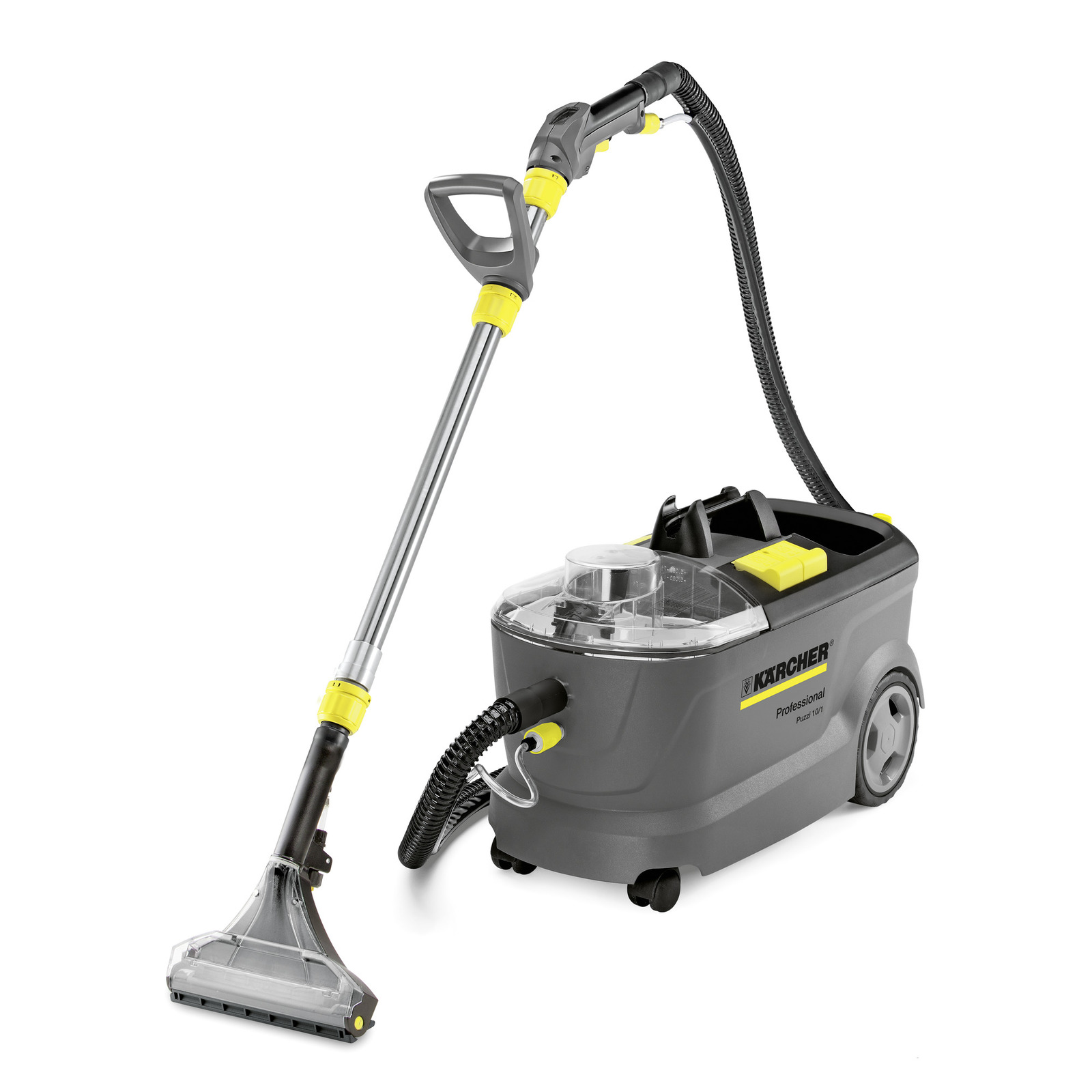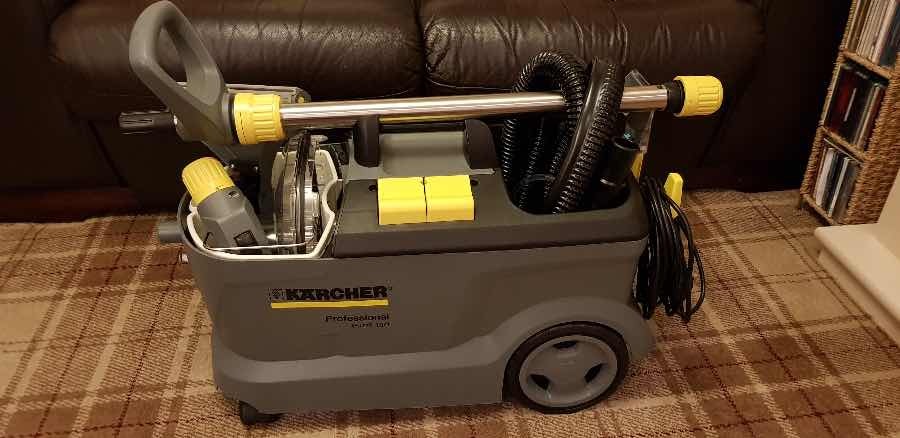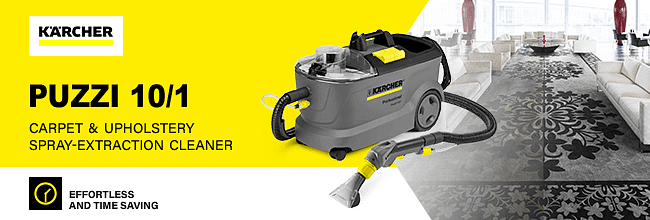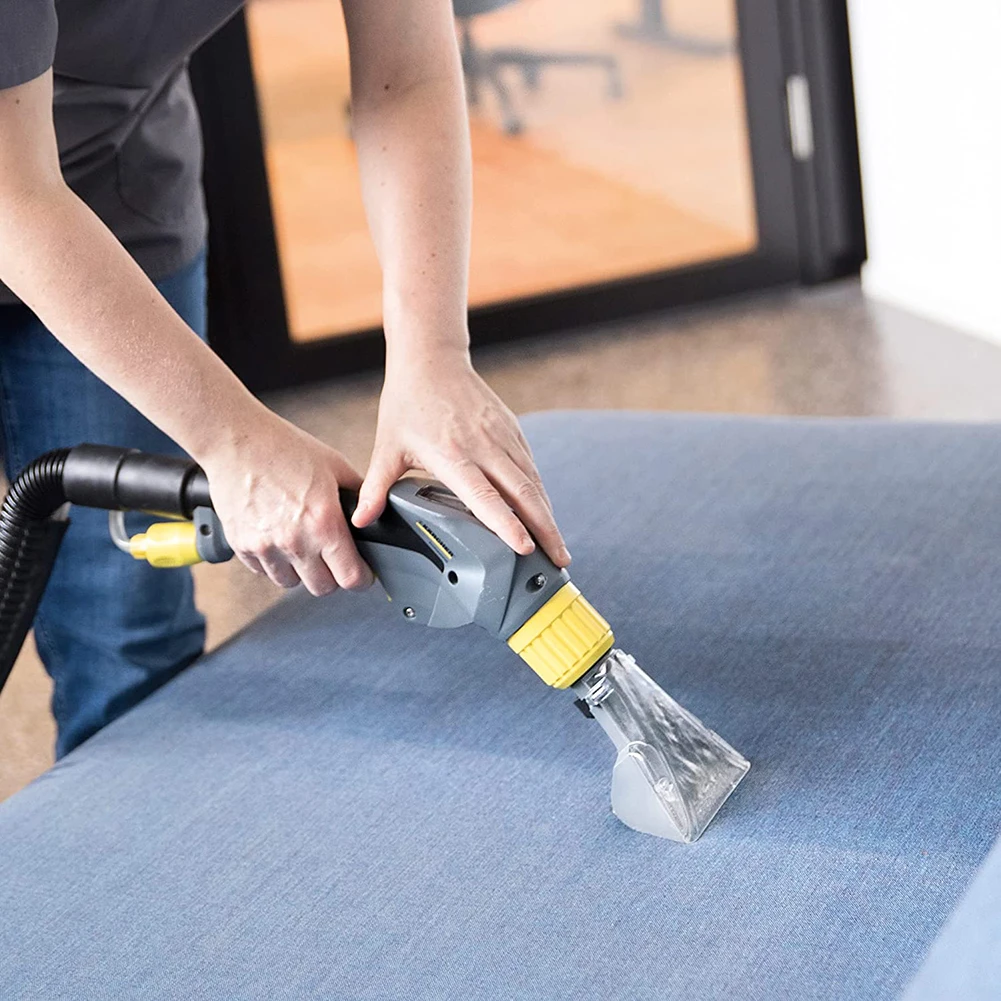
For Karcher Upholstery Nozzle Puzzi 8/1 C 10/1 10/2 Adv 30/4, 4.130-001 For Karcher Upholstery Nozzle Puzzi 8/1 C 10/1 10/2 Adv - Cleaning Brushes - AliExpress
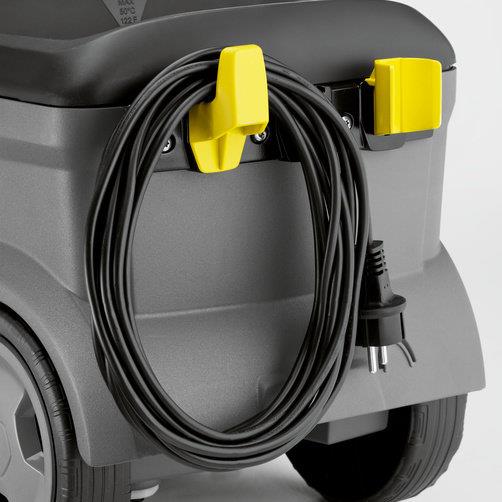
Kärcher Puzzi 10/1 Carpet Cleaner | Buy Janitorial Direct | Janitor's Closet - Buy Janitorial Direct
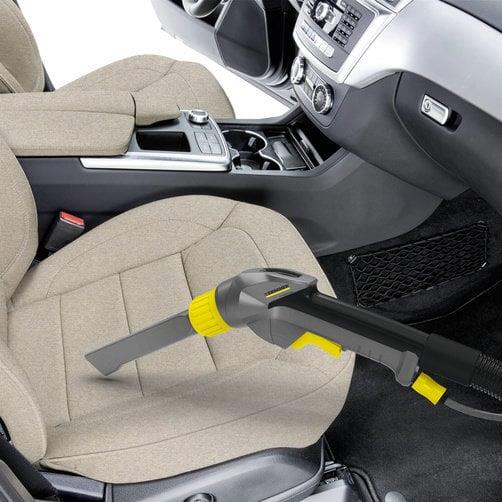
Kärcher Puzzi 10/1 Carpet Cleaner | Buy Janitorial Direct | Janitor's Closet - Buy Janitorial Direct






